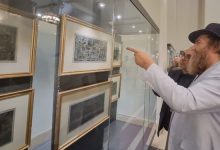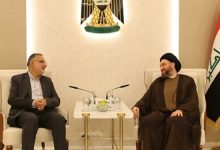When writing and reading your name was a dream … / A look at the life of Iranian women from 1304 until today
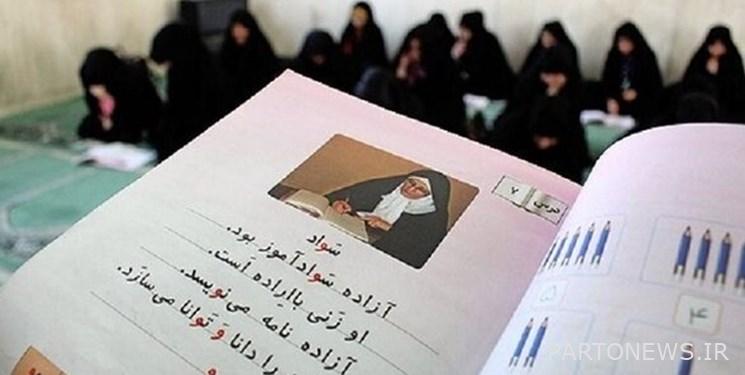
group Life; نعیمه جاویدی: Pahlavi was in charge of Iran from 1304 to Bahman 1357; 53 years and more than half a century. These days, when the Islamic Revolution of Iran turns 43, many comparisons are made in various fields to examine the achievements of the revolution. In this article, however, we have taken a look at the situation of women in both periods, preferably based on statistics, to see how the situation is in some of the areas we are examining here. Our criteria in this regard will include indicators affecting the active presence and participation of women in social, political and ….
How literate were the Iranian people?
According to the results of the census and statistics left from 1976 in the second Pahlavi period, about one third of women in the country were literate and their number was 23% less than literate men. Most urban women were literate. Rural women benefited far less from this possibility. Overall, 68% of adults and 40% of children who had to complete primary school and complete this course were illiterate. Survey of literacy rate in 1978; The last year of Pahlavi’s presence in Iran indicates that by then 65% of the country’s women were still illiterate, and Iran, with a population of over 10 million illiterate, was in a poorer literacy position than many countries in the Middle East, the region and Asia. In the statistics obtained from the 2016 census; According to the latest census, the literacy rate for women has reached over 85%. According to statistics recorded in the last year of the Pahlavi regime, 52% of the total population of more than 27 million people in Iran were illiterate. The illiteracy rate in rural areas has been more than 70%. Overall, 68% of Iranians were literate. The statistics of 1400 also say that more than 90% of the population of over 80 million people in Iran today are literate and our country has a good position in the world in terms of literacy rate.
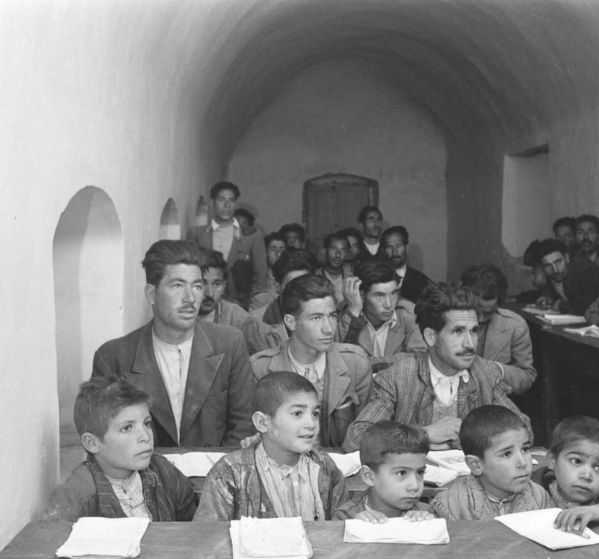
Schools were opened during the Qajar period
Some historical sources say that the high rate of illiteracy in the Pahlavi period is a natural thing, because before Pahlavi, there was no such thing as schools and national education, and it was practiced from the Rezakhani period. This thinking owes the literacy of the people in Iran to this family. History, however, says that this claim is not true and that Pahlavi is not the founder of schools in Iran. This movement started during the “Mohammad Ali Shah” period of Qajar with the construction of the first school. After that, several schools and colleges were established in the country, the most “valuable” and “indigenous” of which was “Amirkabir Academy of Arts”. Girls ‘schools, of course, were opened with a slight delay and in the same Qajar period in the country and one after another, but in 1327 AH, equivalent to 1286 AH, girls’ schools officially began their work in Tehran and then other cities. About 18 years before 1304 when the Pahlavi government came to power.

Was the hijab really an obstacle to progress ?!
It goes without saying that before the start of schools, women were literate and educated. With the advent of schools, modernism, and the humiliation of indigenous and old-fashioned methods of education (of which there are documented, readable, and detailed narratives in contemporary Iranian history) the prosperity of these circles became less than before. A study of the life history of many contemporary celebrities shows that Sa’di memorized and recited the Qur’an, Hafez’s divan, Bustan and Golestan, and learned many proverbs and epic stories from their mothers, who were literate. Along with the Qajar rijals, influential women, familiar with various sciences, techniques and languages, have played a role in the contemporary history of the country and have trained famous rijals.

In the Pahlavi era, what the Iranian woman experienced was a kind of “modernism” of the government that most of Iran’s neighbors, such as Afghanistan, Turkey, and some Arab countries, had experienced or were doing. In this practice, “hijab” was considered one of the main obstacles to modernity and the reason for the backwardness of governments and countries. Therefore, extensive measures were taken to “ban the hijab.” The most important evidence for these sentences is the speeches of the first Pahlavi; Reza Shah is: “Chaqchour tent is the enemy of progress.”

Why did girls get married early?
“Leaving school” and “dropping out of school” are commonly used terms in the context of Iran’s literacy rate in the Pahlavi period. The media that has survived since then has made headlines about the illiteracy situation in the country, for example, the famous headline that declared the illiteracy situation in the country terrible.
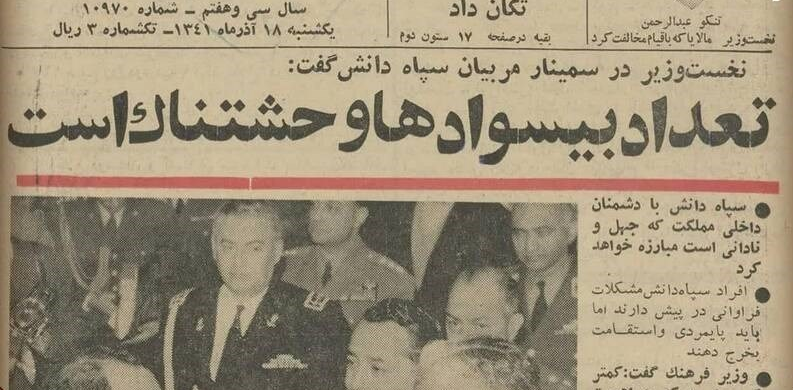
Survivors ranged in age from 6 to 14, usually due to livelihood difficulties and the large number of children in the family. Girls were less fortunate and dropped out of school. In many areas, due to the unavailability of schools, they could only attend primary school and then had to drop out. Why? Because the roads were not provided properly and the means of transportation were not available, they could not travel the distance between the village and the city every day to continue their secondary and high school education. The fate of these girls was usually to take care of their younger siblings, help with housework and then early marriage at the age of 12 to 15.

Continue education for education survivors
According to the statistics of 1395, after the revolution, the dropout rate reached 3%, which is 36 units less than the statistics of 1355. The “literacy movement” after the revolution during the 60s to the late 80s with the opportunity to create “educational hope” for children who have dropped out of school and “night schools” for the literacy of adults who have left school and drop out of school, many girls and women can continue their education Found. Some even went on to graduate and university education. Graduation statistics; According to the statistics of 2016, women’s university education has increased 17 times compared to the existing statistics of the Pahlavi period. The employment share of educated women has increased ninefold from 1355 to 1395.
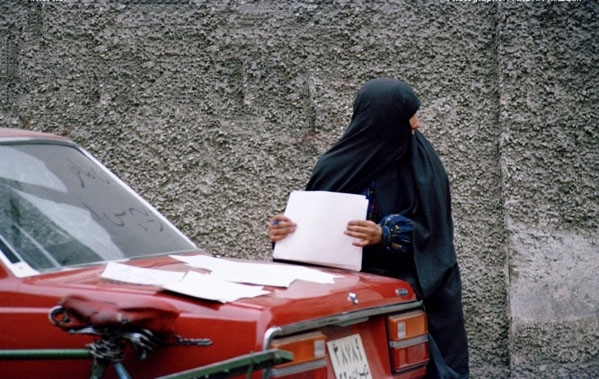
How universal was the circle of opportunities?
Illiteracy is a serious obstacle to social, political, cultural and economic participation. With a 65% rate of female illiteracy in the Pahlavi period, the presence of women in society was logically not as active as it should have been and was faced with knots. With these characteristics, and naturally the circle of social progress, employment, exposure to opportunities such as managerial positions, appointments and elections was possible only for a small group of women. The 35 percent figure for literate women would inevitably fall short to take advantage of these opportunities, as some opportunities, such as running for office or a managerial position, required further education, a resume, or a history of social work. They attended primary, middle and high school and their names were only deleted from the list of illiterates, they could not take advantage of these opportunities.
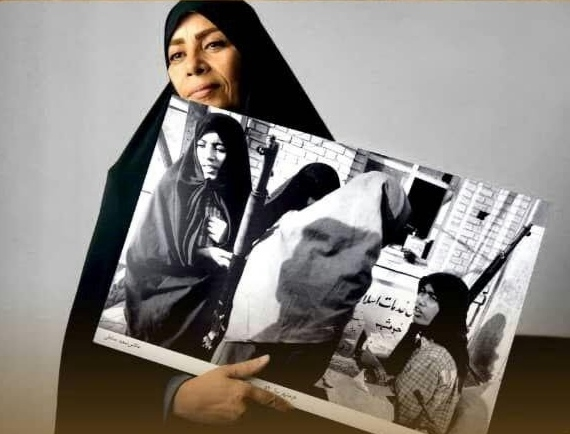
Progress despite 8 years of imposed war
Statistics before 1335 are not as clear and reliable as they should be, but according to the population and housing statistics provided in 1345, the share of women in the employment rate was 7 points 9 tenths of a percent and in 1355 it reached 26 points 13. During the 4 decades during the revolution, the share of women’s employment has been increasing and only the employment statistics of educated women; Has a 9-fold university education. Experts say that this progress would have been even greater if the country had been caught in the destructive actions of the hypocrites in the sixties and eight years; It was not nearly a decade since Iraq imposed a long war on Iran. Let’s go back to the statistics; Postgraduate and university education in Iran has increased from 6% in 1976 to more than 45% in the 70s to 90s. In 1978, we had one hundred female professors in the country, and according to the statistics obtained since 1396, this number has reached 2,100 female professors with a growth of 21%.

Half of the country’s population must also work
In repeated conversations and letters, the first Pahlavi had told his court leaders, such as Jam, that he hated any woman in a chador and considered the hijab an obstacle to Iran’s progress. Believed half of the country’s population; Women do not have a role in work and production, they should be released and brought to work. He considered the hijab to be the enemy of progress, and this hatred intensified after his only foreign trip, which was Ataturk’s guest in Turkey. The laws of “discovery” or, in other words, “prohibition” of the hijab were enforced during his tenure with the violence of the police in the country.
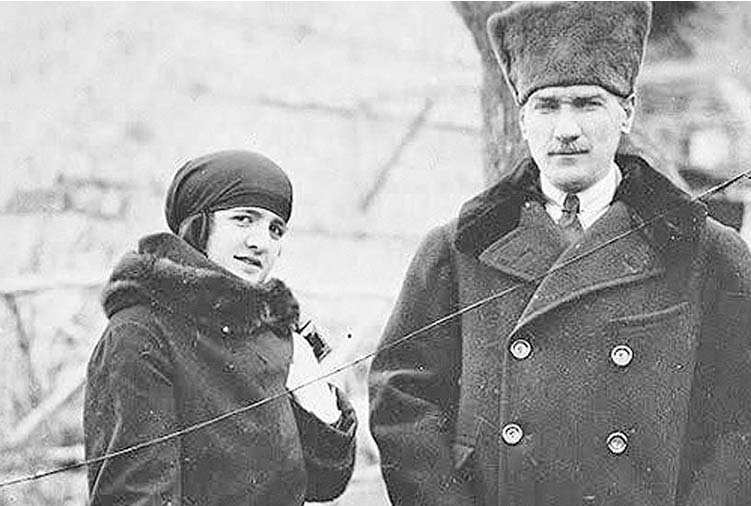
Historical documents say the discovery of the hijab in Turkey; The same country, the first Pahlavi model, was optional, leading to much encouragement and propaganda, in other words, the “soft elimination” method was adopted to implement it. Ataturk’s wife; Ms. Latifa was also completely veiled, and only her private and internal photos, which had a souvenir aspect, were taken without a veil. Public release of data.
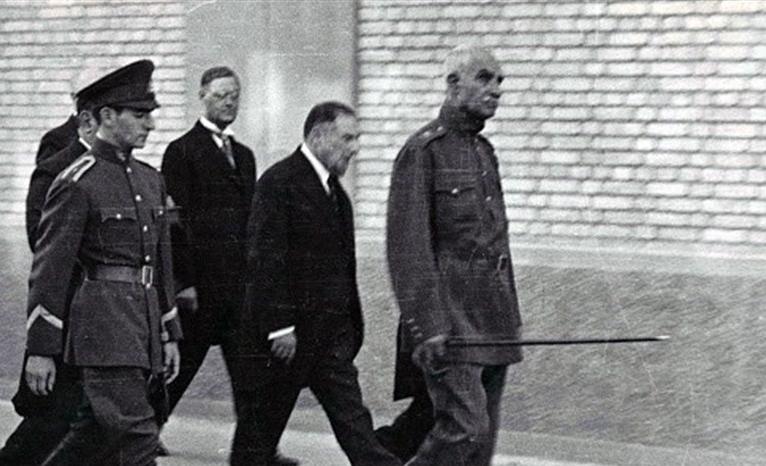
History answers a question: “None!”
How many Iranian women were in political power during the reign of Reza Shah, who claimed that Iran was progressing without women wearing the hijab? History’s answer to this question is worth pondering; “Nothing” … The role of women in the first Pahlavi court was to participate in clubs with their husbands once a week and to travel in the city and public circles without hijab, so that it would be normal to wear hijab. It is natural that in this period, as in any other historical period, we had influential women, but women who received important political positions from the first side and owed their success to his appointments, no! Reza Shah ruled Iran from 1304 to 1320 for about 16 years. His tendencies to ban hijab were evident from about 1310 and the law of forced discovery or ban on hijab was implemented in 1317 by his order.
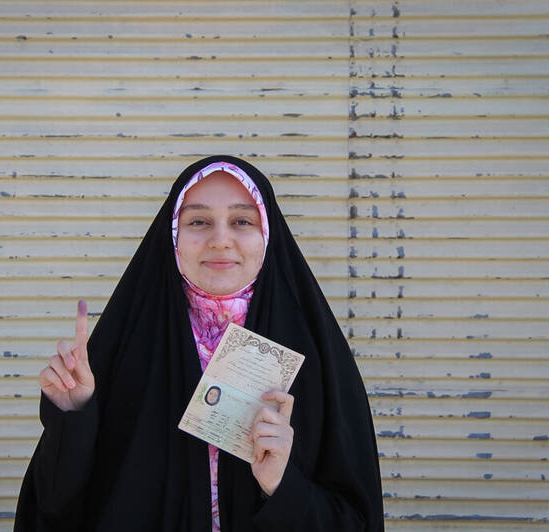
Was women’s suffrage without delay?
Pahlavi II was in charge of the affairs of the country for almost four decades from 1320 after the deportation of his father to 1357 for 37 years. The law prohibiting women’s suffrage was abolished in 1341. A law whose roots can be traced back to the constitutional era. Pahlavi considered himself the cause of women’s liberation and modernity, but this right was granted to women with a 37-year delay, that is, from 1304, when the first Pahlavi came to power, to the winter of 1341, there were thirty-seven years, and from the time Mohammad Reza Shah ascended the throne. Meeting 21 years. However, this opportunity was provided for women in 1341.

Shah’s wife, senior women political official
The first government appointment of women in the second Pahlavi court dates back to 1342, 22 years after her reign, when Farrokh Parsaro was elected Deputy Minister of Education and 5 years later to head the same ministry. Farah Pahlavi; The Shah’s wife was also appointed chair of the “Council of Deputies” in 1346, which was the highest political position of women at the time, and of course, according to today’s political literature, the appointment of relatives. After this, from 1975 to 1977, “Mahnaz Afkhami” and then “Amoozgar” were selected as “advisors to the affairs of women” in “Hoveida” cabinet. “Zafardokht Ardalan” was also the first representative of Iran in the UN Commission. In short, before the revolution and throughout the 37 years of the second Pahlavi regime, 1,500 women held managerial positions and 22 women were members of parliament.
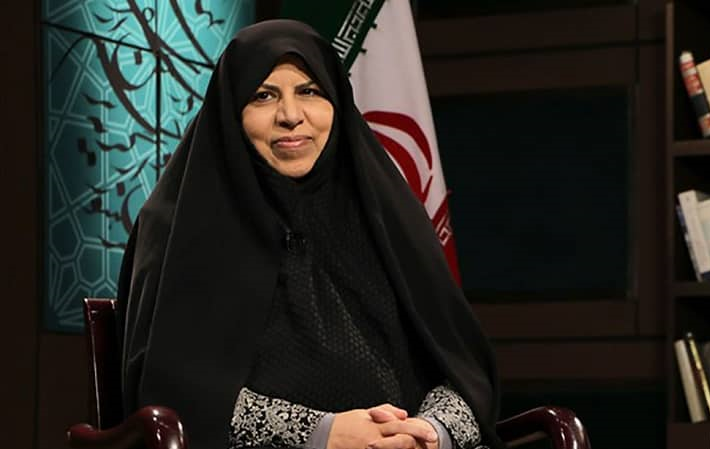
Management of women after the revolution
Due to the significant increase in literacy and university education, after the revolution, many women were able to obtain managerial and political positions and run in various elections. The number, position and names of women socio-political activists in the country during the 43 years of the revolution are available and worth considering. According to the statistics of the fifties; From 1350 to 1357, the number of women in managerial positions was 6% or more, and during the revolution, according to the 2016 census, the number of women in managerial positions reached over 40% compared to the previous period. The country’s management should be increased to more than 30%. After the revolution, 2,500 women, 817 women advisors in important institutions, one woman in the Ministry of Health, women advisors to the president, government spokesperson, head of the Environment Organization, etc. Also 50 women as governors, 8 women mayors, 3,547 women members of the village Islamic councils and 482 women members of the city Islamic council and women who have been repeatedly elected members of the Islamic Consultative Assembly have been active.
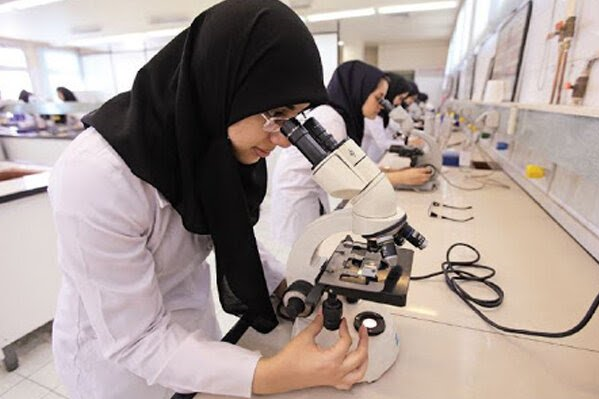
This trend and its increasing quality can be observed in other fields such as sports, medicine, art, media, etc., which will be examined in other areas.
End of message /
